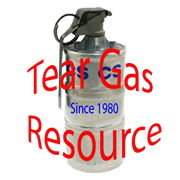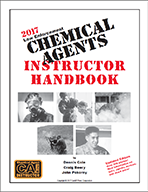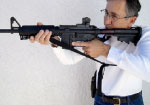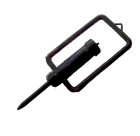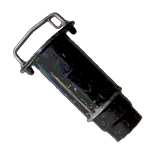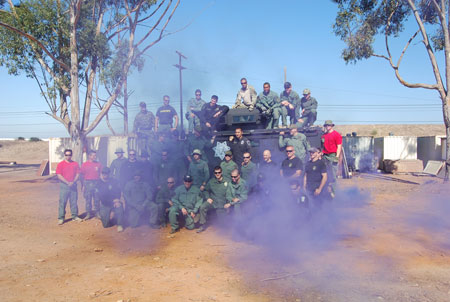
Introduction
Swearengen’s Tear Gas Munitions describes smoke as “a mass of minute particles of solids or liquids suspended in the air in the form of a cloud. The obscuring power of smoke is directly proportional to the number of particles in the cloud.”
Smoke is most commonly used in law enforcement to support tactical and emergency operations. Selected usage will vary depending upon the mission, availability, and weather. The five most common uses of smoke are:
1. Screening
2. Obscuring
3. Deceiving
4. Identifying & Signaling
5. Extending
Science of Smoke
Smoke-producing chemical compounds are loaded into munitions for two specific purposes: as a nonirritating training agent, and as a smoke-screening agent. They can be adapted for other uses. The obscuring power of smoke is greatest when the particles are not light absorbing. White smoke appears thicker because the particles refract and reflect light rays more than darker smokes such as gray or black. In fact, particles in white smoke are colorless and appear white because of light refraction. Moisture in the air plays an important role in forming any type of clouds. For this reason, high humidity tends to improve the formation of smoke clouds when compared to low humidity or dry environments.
Different types of smoke are available for different uses. For example, the type of burning agent in HC smoke grenades determines whether the smoke will hug the ground or rise. The military uses the designator “AN-M8” for smoke that clings more readily to the ground. AN-M8 type grenades typically burn for about two and one-half minutes.  The designator “M 18” is used for a military smoke grenade that is used most often for signaling. It burns for approximately one and one-half minutes and the smoke is light enough to rise under most circumstances. Moisture in the air (humidity) plays a big part in how quickly smoke rises.
The designator “M 18” is used for a military smoke grenade that is used most often for signaling. It burns for approximately one and one-half minutes and the smoke is light enough to rise under most circumstances. Moisture in the air (humidity) plays a big part in how quickly smoke rises.
Smoke products can be comprised of liquid (FS) or burning solids (HC). FS liquid smoke uses a form of hydrochloric acid to produce particles, making the smoke corrosive to some metals. Because of its corrosiveness, it is usually not found in law enforcement arsenals.
Burning HC smoke has its origins in France and is most prevalent in law enforcement use. The agent has been refined over the years to a mixture of approximately 47% hexachloroethane, 47% zinc oxide, and 6% grained aluminum. These ingredients are mechanically mixed and pressed into a solid block. When the block is ignited, it forms a persistent white to gray particulate cloud. Dyes are added to the mixture in the manufacturing process, creating various colors of smoke. Many colors are available including white, red, yellow, green and violet. Once ignited, the block burns at a very high temperature. The smoke produced is comprised of zinc chloride, which quickly absorbs moisture. Moisture absorption allows the particles to grow to a size where they effectively refract and reflect light. Most of the aluminum and hexachloroethane compounds remain in the burned-out munition as ash.
The mixture is susceptible to attack by moisture which chemically breaks down the hexachloroethane. Exposing the mixture to water could result in spontaneous combustion. Water should not be used to extinguish a burning smoke grenade as it can accelerate the burning process to a dangerous level.
